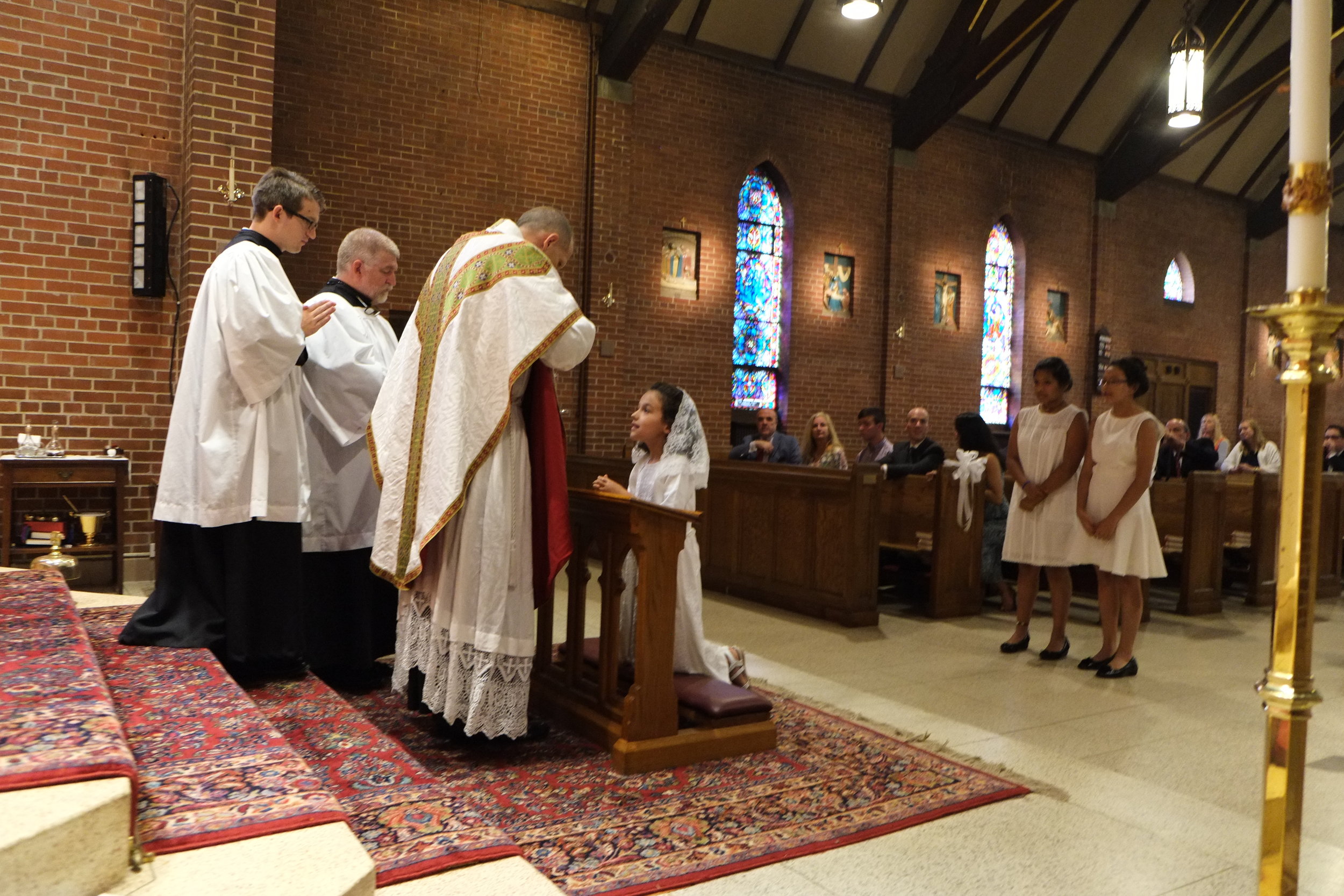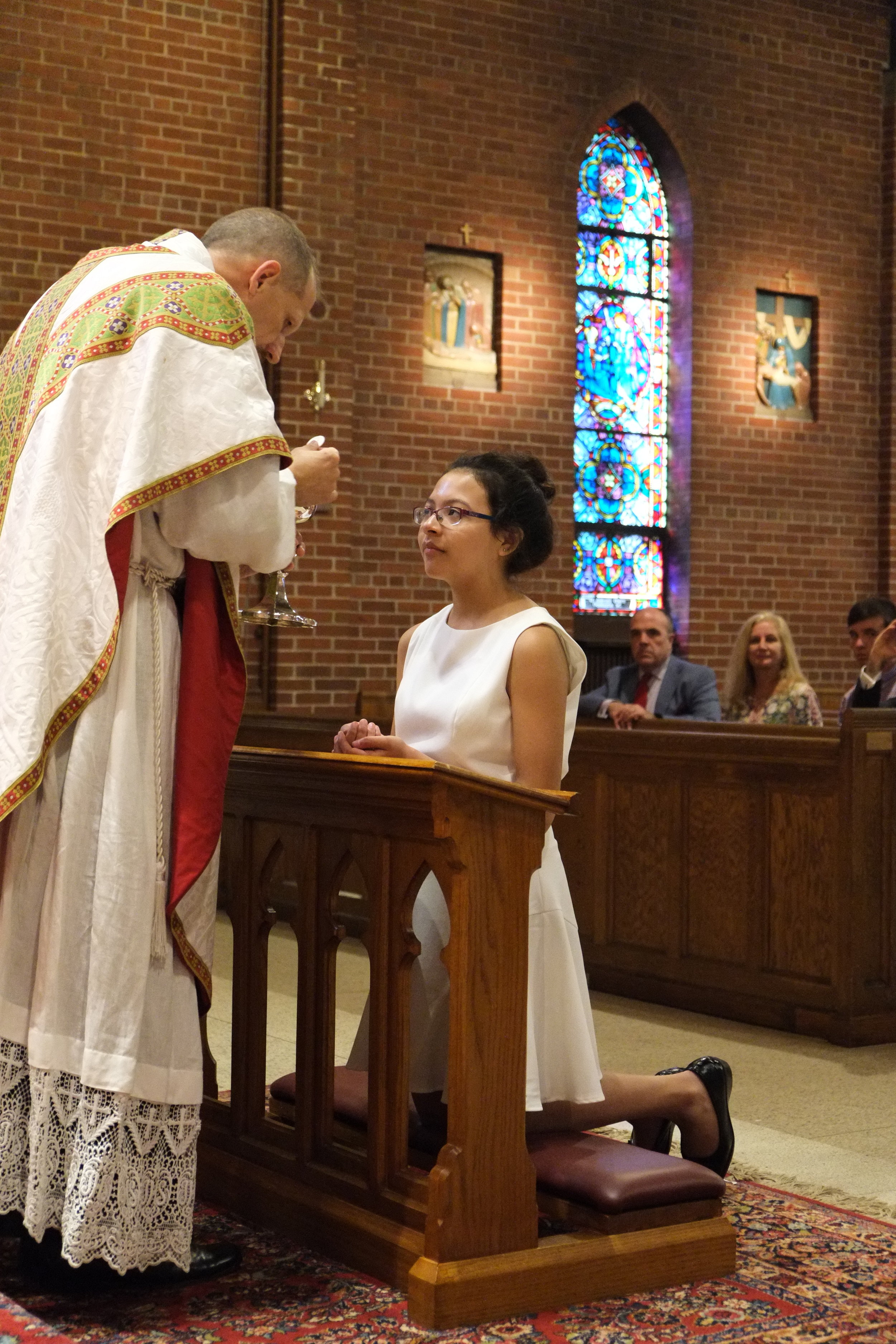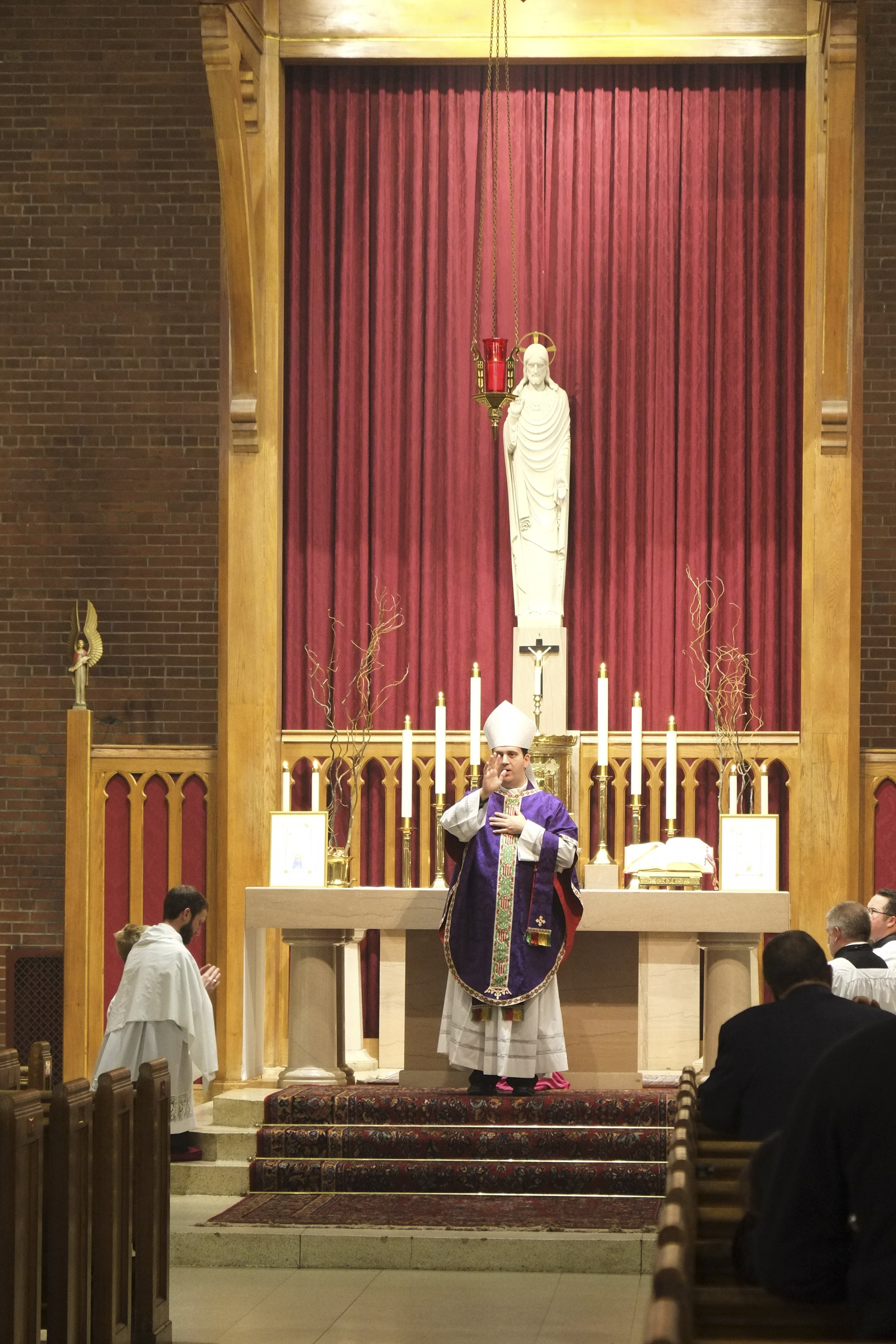CANDLEMAS / 2 : II : 2013 / Lk 2.22-40
Fr Patrick Allen
+ + +
On my parents' bookshelves when I was growing up was an old book of cartoons collected from Punch, the English magazine of humor and satire. There's one I remember very well. It was from the 1920's: a drawing of young Lord Somebody-or-other who had gone up to Oxford for college, and had had his two-seater car painted red down one side and blue down the other in order to "confuse witnesses," the caption said, "in the event of an accident."
Today's feast, which this year happens to fall on a Sunday, always reminds me of that cartoon - this feast which travels under three different names as if to confuse worshipers in the event of a liturgy. In the old calendar it was called, and many still think of it as, the feast of “the Purification of the Blessed Virgin Mary.” In the current calendar it is called the feast of “the Presentation of the Lord.” And since very early days and still it is most commonly called “Candlemas.”
I know this will be review, but since the feast does fall on Sunday this year, maybe we ought to think about it, consider its meaning, under those three titles.
So, “The Purification of the Blessed Virgin Mary.” Mosaic law as it is stated in the book of Leviticus stipulated that a woman was ritually - not morally, but ritually, ceremonially - unclean for seven days after giving birth to a child. If the child were male, he would be circumcised on the eighth day (and that happens in the verse immediately preceding the point at which our Gospel lesson began), and then she was required to remain at home for a further thirty-three days for the purification of her blood. I realize you may be curious about the religious or even medical significance of this period of “uncleanness” and purification of blood, but I would just point out that the practical effect for the woman in question is that she is exempted from all her normal religious, social, and economic duties - it amounts to six weeks of enforced maternity leave. Actually, 40 days to be precise, and today of course is the fortieth day after Christmas, the Nativity of our Lord.
After this, she is to present a purification sacrifice - a lamb and a turtle-dove or pigeon being the norm, though there was a provision, in the case of the very poor, for the offering only of two turtle-doves or pigeons, which is what the Holy Family did, for they were poor, and we cannot remind ourselves of that too often.
Mary of course is the Immaculate. She is ever-Virgin - before, during, and after birth. She has no need for purification of any kind. This child she bears to the Temple has come for the purification of the whole world. And yet humbly she submits to the law, to the will of the Father there expressed, and so ever the Lord’s handmaiden, she serves by her obedience the fulfillment of his promises of grace, and you and I are purified, made clean and new by the self-offering of Mary’s Son and Savior, our robes washed and made “white in the blood of the Lamb” (Rv 7.14).
So today is the Purification, but it’s also the Presentation. We read that when the time came for their purification according to the law of Moses, they brought him up to Jerusalem to present him to the Lord. Again, the Mosaic Law stated - and Luke quotes it in our lesson - that the firstborn son is sacred to the Lord, consecrated to the Lord’s service. However, the child could be “redeemed”, bought back, for five shekels, payable to any priest in the land. St. Luke is vague about the details, but apparently rather than being redeemed and restored to his parents, Mary and Joseph actually brought the child to Jerusalem and handed him over completely to God in the Temple. The word we have translated here as “to present” is the normal word for “to offer” - the same word used to describe the offering of sacrifices in the Temple.
So, you see, in the Presentation, in the offering of the Lord, in the Temple, we see already the shadow of the cross falling across the infant Jesus. This is why he has come after all, “the firstborn of all creation” as St. Paul describes him, to offer himself, to offer a perfect and pure life of love up to the Father on our behalf, as one of us, the right response to God’s act of love in creation.
Purification, Presentation, and now “Candlemas.” When the Holy Family comes to the Temple, they are met by aged Simeon, righteous and devout, looking for the consolation of Israel, to whom the Holy Spirit had revealed that he should not see death before he had seen the Lord's Christ. And also the octogenarian prophetess Anna, who did not depart from the temple, worshiping with fasting and prayer night and day.
Simeon makes his song - the Nunc dimittis - as he takes the child into his arms, whom he recognizes as the Lord’s salvation: a light to lighten the Gentiles, and the glory of thy people Israel. This child is the coming of God’s light into the darkness of this world, and so from ancient times it has been the Church’s custom on this day to bless the candles to be used in the liturgy for the coming year - it’s the Candle Mass.
“God is light and in him there is no darkness at all,” St. John proclaims in his first epistle, and Jesus, this child resting in Mary’s arms, is “the pure brightness of the everliving Father in heaven,” through our humanity. Today is really the last day of Christmas, and so we behold again today this tiny child, crying for his Mother’s warm embrace, crying to be fed - this Son of Mary who is God the Son, God giving himself to us, God becoming small and vulnerable for us - in other words, God come to set the world to rights, not by the power of his might, but by the simple invitation to love. In this Mass, on this Altar, he makes that invitation again, presenting himself offering himself to the Father, for our purification and salvation - a perfect gift of love. That light shines in the darkness, and the darkness has not overcome it.
+ + +



































